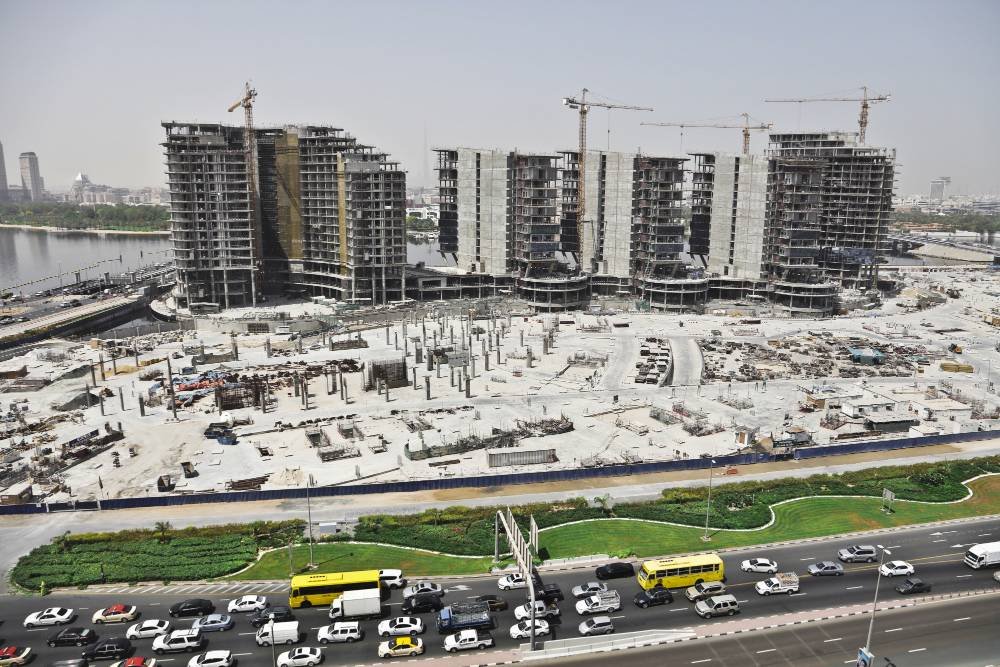Hyderabad Real Estate Trends: Shrinking Carpet Areas Amid Rising Loading Factors
As Hyderabad continues its trajectory as one of India’s prominent real estate hubs, prospective homebuyers are facing a new challenge—shrinking carpet areas in newly constructed apartments. While the city’s skyline grows rapidly with sprawling residential complexes, a closer look reveals a rising trend in the practice of increasing loading factors, ultimately reducing the usable living space for residents.
Understanding Carpet Area and Loading Factor
The carpet area refers to the actual usable space within an apartment—essentially the area where one can lay a carpet, excluding walls, balconies, and shared spaces. In contrast, the super built-up area includes common areas like lobbies, staircases, elevators, and amenities. The difference between these two is called the loading factor.
In recent years, developers in Hyderabad have been increasing this loading percentage, leading to higher quoted super built-up areas while keeping the actual livable carpet area minimal. In some cases, the loading factor has surged to 30% or more, meaning homebuyers pay for more square footage than they can practically use.
Trends and Statistics
Data reveals a noticeable drop in average carpet areas of apartments being launched. Previously, a 2BHK apartment typically came with a carpet area of around 1,000 square feet. Now, the average has dipped to nearly 850-900 square feet, despite the super built-up area remaining constant or even increasing.
This trend is largely driven by increased input costs, regulatory burdens, and the commodification of space. Builders are resorting to elevated loading to maintain profit margins without drastically pricing out middle-income buyers. The practice tends to be more prevalent in high-rise projects equipped with luxury amenities like clubhouses, rooftop pools, and landscaped gardens—all spaces that contribute to loading metrics.
Impact on Homebuyers
For buyers, this means a mismatch between financial outlay and functional space. A high loading factor results in paying for shared areas that don’t contribute directly to one’s private residence. Moreover, this practice complicates comparisons between different properties, as two apartments quoted at 1,200 square feet may vary significantly in actual carpet area based on their respective loading factors.
Transparency has been a longstanding concern. Though the RERA Act mandates developers to disclose carpet areas in advertisements and agreements, many buyers still primarily focus on super built-up figures. This misinformed focus often leads to dissatisfaction after possession when the actual usable space feels inadequate.
Advice for Buyers
- Always request detailed area breakdowns, including carpet, built-up, and super built-up areas.
- Use the loading factor to compare properties accurately.
- Focus on functionality—evaluate how the layout utilizes the carpet area effectively.
- Check if higher loading factors are justified by quality common amenities and infrastructure.
The Road Ahead
As Hyderabad’s real estate sector matures, developers may need to pivot towards more buyer-centric models that prioritize transparency and functional design. With increasing awareness and regulatory frameworks in place, homebuyers are becoming more discerning about how their investments translate into livable space. The challenge lies in balancing profitability for developers with fairness and value for consumers in a dynamically evolving urban landscape.
